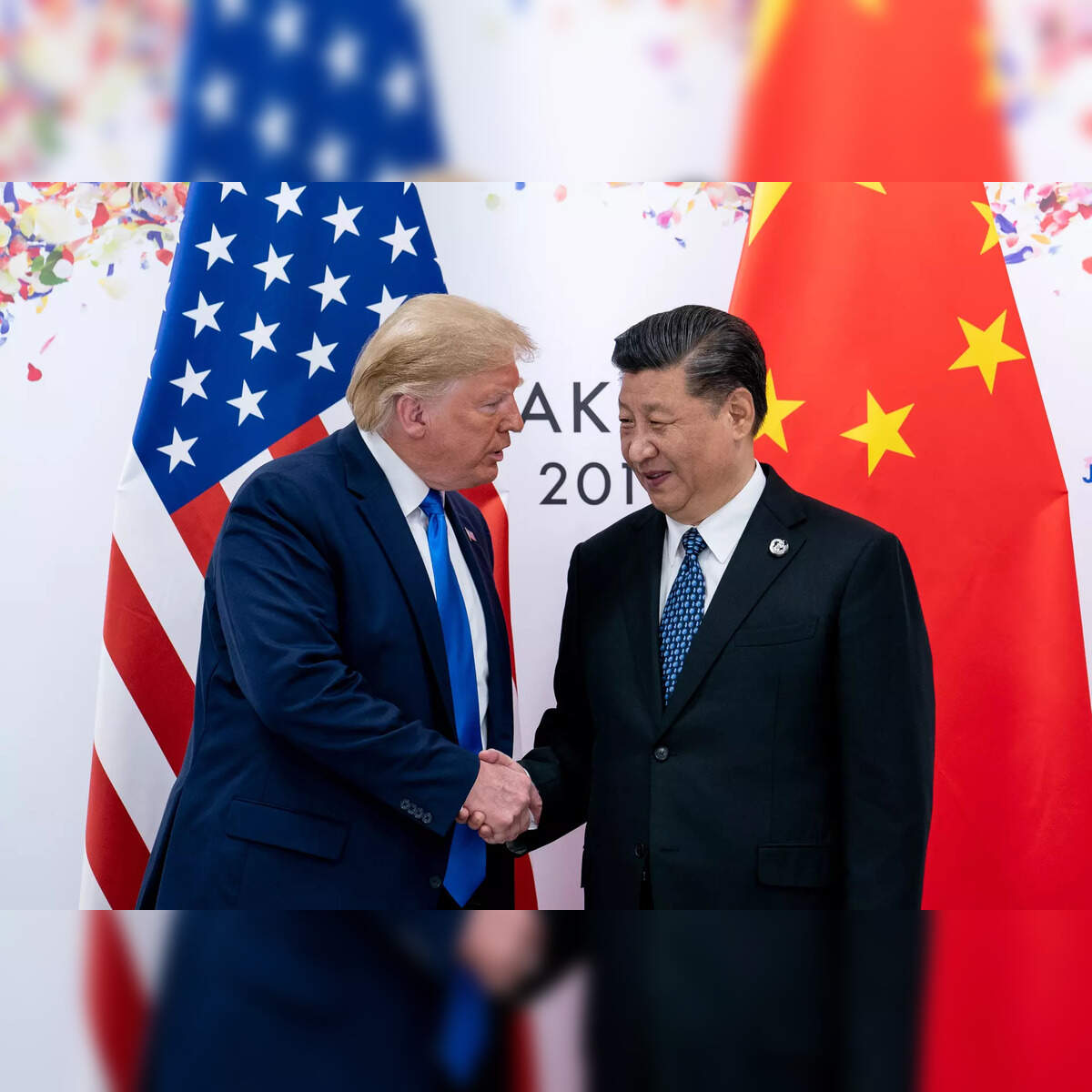London, June 10, 2025 — Senior officials from the United States and China have met in London this week for high-level trade negotiations at Lancaster House, aiming to revive a fragile 90‑day tariff truce struck in Geneva and avert a renewed trade war threatening global markets. The talks stretched into a second day on Tuesday, as both sides tackle pressing issues ranging from tariffs to technology and rare-earth minerals.
🕰️ Background: From Geneva Truce to London Summit
On May 12, the U.S. and China agreed in Geneva to pause most of their punitive tariffs—over 100% in many cases—for 90 days, providing a brief surge in global economic optimism However, progress since has lagged, with new U.S. export controls and Chinese restrictions over rare-earth exports straining the accord.
🛑 Rare-Earths: A Critical Flashpoint
Rare-earth elements—like neodymium and terbium—are essential for electric vehicles, drones, semiconductors, and mobile devices. China dominates global supply, and in April, it tightened exports to exert leverage Washington is now pushing for a clear commitment—and preferably a handshake—from Beijing to resume shipments in volume U.S. Treasury advisor Kevin Hassett said American industry was already feeling the pinch, with automakers reporting production slowdowns
President Trump expressed cautious optimism, stating “China’s not easy, but we’re doing well… only getting good reports.” He suggested that progress on export controls could allow the temporary tariff truce to extend
👥 Who’s at the Table?
U.S. delegation:
- Treasury Secretary Scott Bessent
- Commerce Secretary Howard Lutnick
- Trade Representative Jamieson Greer
China delegation:
- Vice Premier He Lifeng
- Commerce Minister Wang Wentao
The talks were triggered by a Trump–Xi phone call last week, demonstrating leader‑level engagement in crisis-aversion ʻred phonesʼ diplomacy
🎯 Objectives and Key Issues
| Issue | U.S. Position | China’s Position |
|---|---|---|
| Tariff Truce Extension | Wants to restart reciprocal tariffs if key issues remain unresolved. | Prefer to await disciplined outcomes, threatening retaliation if pressured. |
| Rare‑earth exports | Urges immediate resumption to avoid supply-chain shocks in critical industries. | Signaled willingness in talks, wary of external pressure. |
| Technology controls | Demands freedom for tech transfer and exports, particularly semis and AI chips. | Pushing back, citing national security concerns. |
| Market access & policies | Wants consistent, non-discriminatory treatment of U.S. firms in China. | Defends regulations as sovereign policy. |
🧩 Day Two: Seeking Tangible Results
Tuesday’s agenda continues focus on rare-earths and export licensing. Reuters reported negotiators made “slow but steady” progress on a deliverable for rare‑earth shipments The U.S. team is also expected to propose technical roadmaps aimed at reestablishing supply-chain stability and mutual trust.
Treasury Secretary Bessent emphasized the urgency of rare‑earth supply issues to global industries, especially electric vehicles
📈 Market Response: Investors Watch Closely
Global markets remained cautiously optimistic. On Tuesday, the MSCI world index edged up, with the dollar slightly higher, as investors anticipated more constructive tone in London . Gold rose modestly, with markets awaiting both trade outcomes and U.S. consumer price data Oil markets too benefitted from hopes of greater trade fluidity and stronger economic growth
🌐 The Stakes: Beyond Bilateral Relations
- Global supply chains: Disruption in rare-earth markets could ripple through EV, aerospace, and electronics supply lines. A lasting truce would calm supply volatility.
- Geopolitical balance: The trade détente is a counterweight to military tensions from Taiwan to South China Sea, signaling pragmatic diplomacy.
- U.S. domestic politics: Trump faces pressure to deliver results amid fears of global recession. Critical minerals deal would bolster his economic narrative.
- China’s soft‑power posture: Backtracking on rare-earth could harm Beijing’s global image and industrial ambitions.
💬 Regional Dynamics and Reactions
- European markets: The STOXX 600 dipped slightly amid trade uncertainties and bank volatility
- Asia: Japanese bonds were in focus ahead of domestic policy decisions; Tokyo watched for ripple effects on exports and monetary stance
- Middle East: OPEC and oil investors monitored developments as any deal could boost crude demand .
Analysts maintain cautious optimism: even if tariffs remain, supply‑chain confidence could improve with the right side‑deals .
🗣️ Expert Voices
Financial strategist Laura Cooper from Nuveen warned markets remain “glass‑half‑full.” She cautioned that absent a durable comprehensive deal, the tariff suspension might be temporary Capital Economics deputy economist Jonas Goltermann agreed, noting U.S. duties might settle at around 40% on China imports
🔮 What’s Coming Next?
- Duration of Talks: Expected to wrap by Wednesday. Watch for communiqués or handshake-level symbolic outcomes, especially involving rare‑earth commitments.
- Geneva Truce Extension: Success could prolong the pause beyond August; failure may spark retaliatory tariffs or export curbs.
- Policy Follow-Ups: Detailed U.S.–China agreements could be released after domestic briefings, influencing markets.
- Upcoming Policy Triggers: In the U.S., the forthcoming CPI (Consumer Price Index) release this Wednesday could impact Fed decisions and risk tolerance
🔗 Intertwined Crises: Trade, Tech, Mineral Security
This London meeting shows trade diplomacy has moved from tariffs to strategic resource control, notably rare earths and technology. The U.S. also continues restrictions on semiconductor exports, and China pushes for equitable access and tech transfer—underscoring how economic rivalry is intertwined with national security and supply‑chain independence.
🏁 Final Take
The London round represents a pivotal moment. If negotiators can nail down a rare-earth shipment agreement and technical roadmap for review of export controls, the Geneva respite might solidify into a de-escalation. But if progress stalls, both economies—and global markets—risk sliding back into a damaging trade war.
A handshake in the old Lancaster House setting would mark more than symbolic closure—it could reset global trade confidence. Previewing a post-truce world where tariffs ease, industries stabilize, and diplomacy regains ground, Tuesday’s second day may decide whether such a vision materializes—or remains out of reach.




